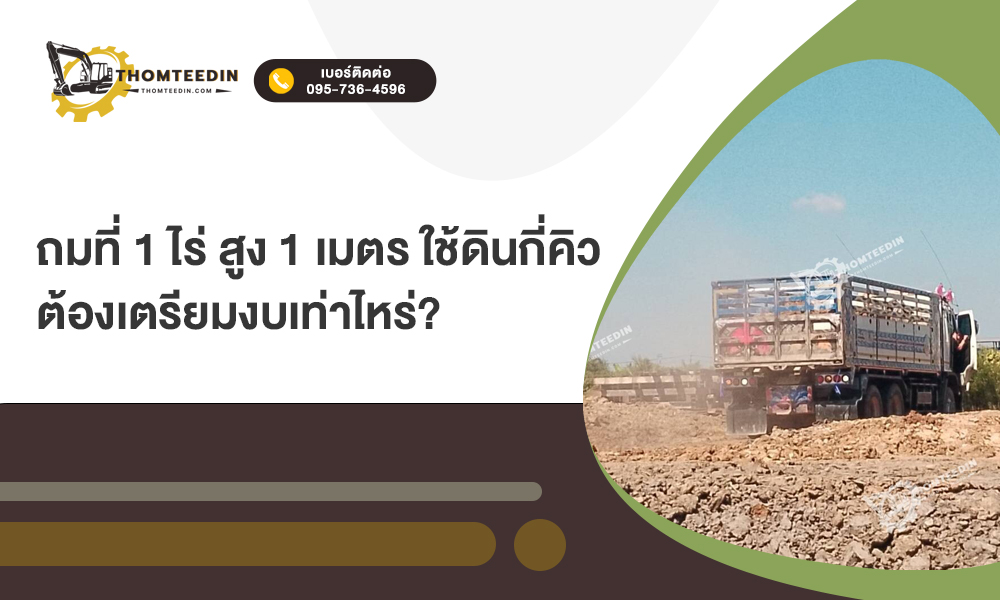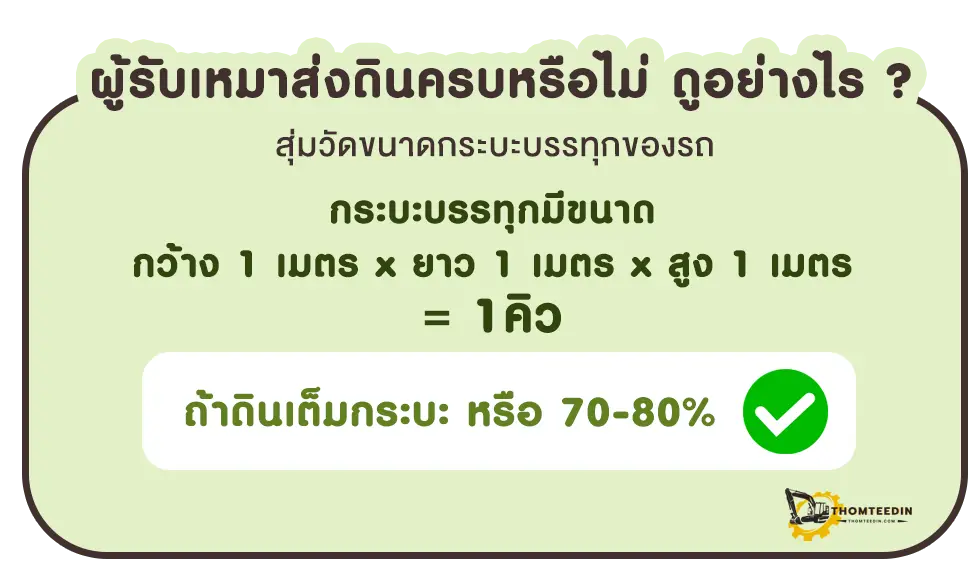Factors Influencing the Cost of Land Filling 1 Rai
Factors Influencing the Cost of Land Filling 1 Rai
Blog Article
Land Filling Cost 1 Rai (ค่าถมที่ดิน 1 ไร่)step in enhancing the value and usefulness of a property, and filling the land is an essential element of this. When you're dealing with a parcel of land, particularly in areas of problems with drainage, knowing the cost of land filling is vital for budget planning and effective project management. This guide gives a complete outline of the costs associated with land filling for a plot of 1 rai, which is a typical measurement in Thailand roughly equivalent to 1,600 square meters.

Factors Influencing Land Filling Costs
Planning and Assessment of Site Before beginning any filling it is essential to conduct a thorough site assessment is required. This includes evaluating the present conditions of the land, determining soil stability, and identifying any potential environmental concerns. Costs for site assessment may vary, often ranging from $500 to $2,000based on the nature of the terrain as well as the amount of detail that is required.
Material Costs: The type and quantity of material required to fill in the land significantly affect the overall cost. The most common materials are soil, gravel, and sand, or a mixture of these. The cost of these materials can vary based on quality, availability, and transportation. In general, the price of materials can vary from $10 to $30 per cubic meter. For a plot of 1 rai, depending on the depth of filling it could require between 1,000 and 2,500 cubic meters of material that would mean a total cost of between $10,000 and $75,000.
Equipment and labor: The cost of labor and equipment for land filling can be considerable. This can include hiring skilled workers and leasing equipment such as excavators, bulldozers and compaction equipment. Costs for labor can range between $15 and $50 per hour for each worker, and the rental of equipment can range from $100 to $500 per day, depending on the equipment and rental period. For an undertaking of this magnitude the cost of labor and equipment could range from $5,000 to $20,000.
Compaction and Quality Control: A proper compaction process is essential for ensuring the stability and durability of the fill land. Compaction is the process of using equipment to reduce the fill material which requires time and resources. Quality control measures, including checking the compaction and evaluating the strength of the fill and durability, increase the expense. Plan to allocate between $2,000 and $5,000 to compaction and quality control.
permits and environmental considerations: Based on the area and local laws, permits could be required for land filling projects. Permit fees can vary greatly, from a few hundred to thousands of dollars. Additionally, if the project has a negative impact on local ecosystems and requires special disposal of waste, additional costs might be required.
The total cost of filling a 1 rai plot can vary from $18,000 up to $105,000, based on various factors such as costs for materials, the depth of filling and local regulations.

Conclusion
Understanding the cost of land filling for a 1 rai plot requires analyzing a variety of aspects, such as site preparation, materials as well as labor costs, along with other considerations such as permits and the environmental impact. By carefully assessing these elements homeowners can make better decisions about their budget and be sure of an efficient land filling process that enhances the value and useability of their land. Report this page